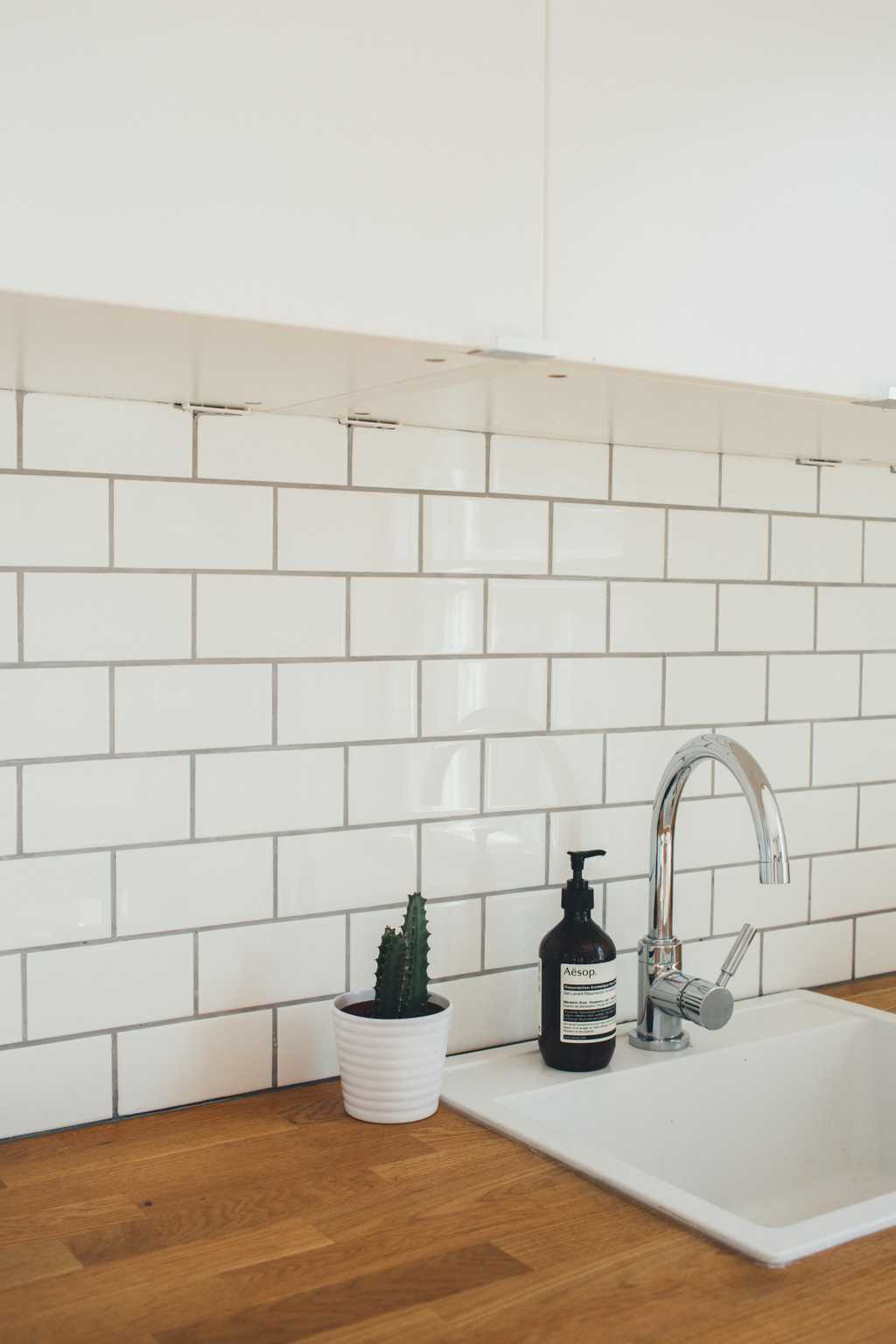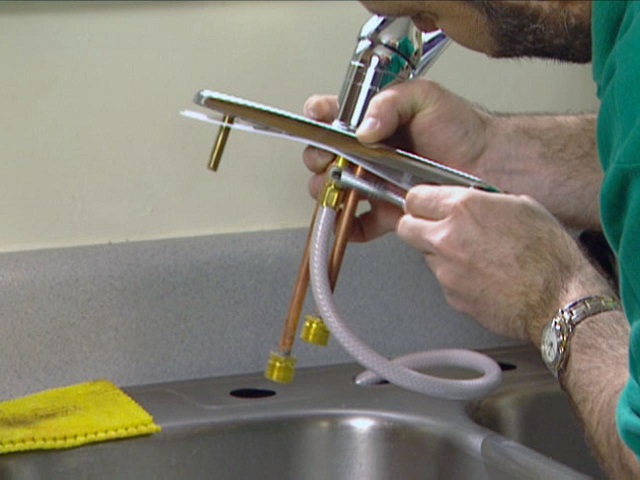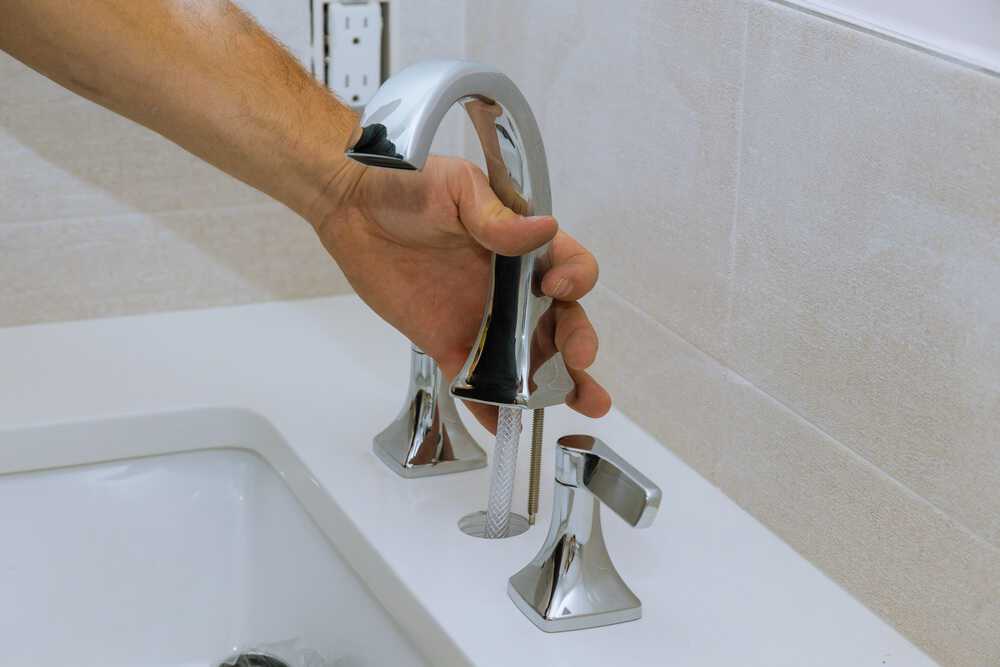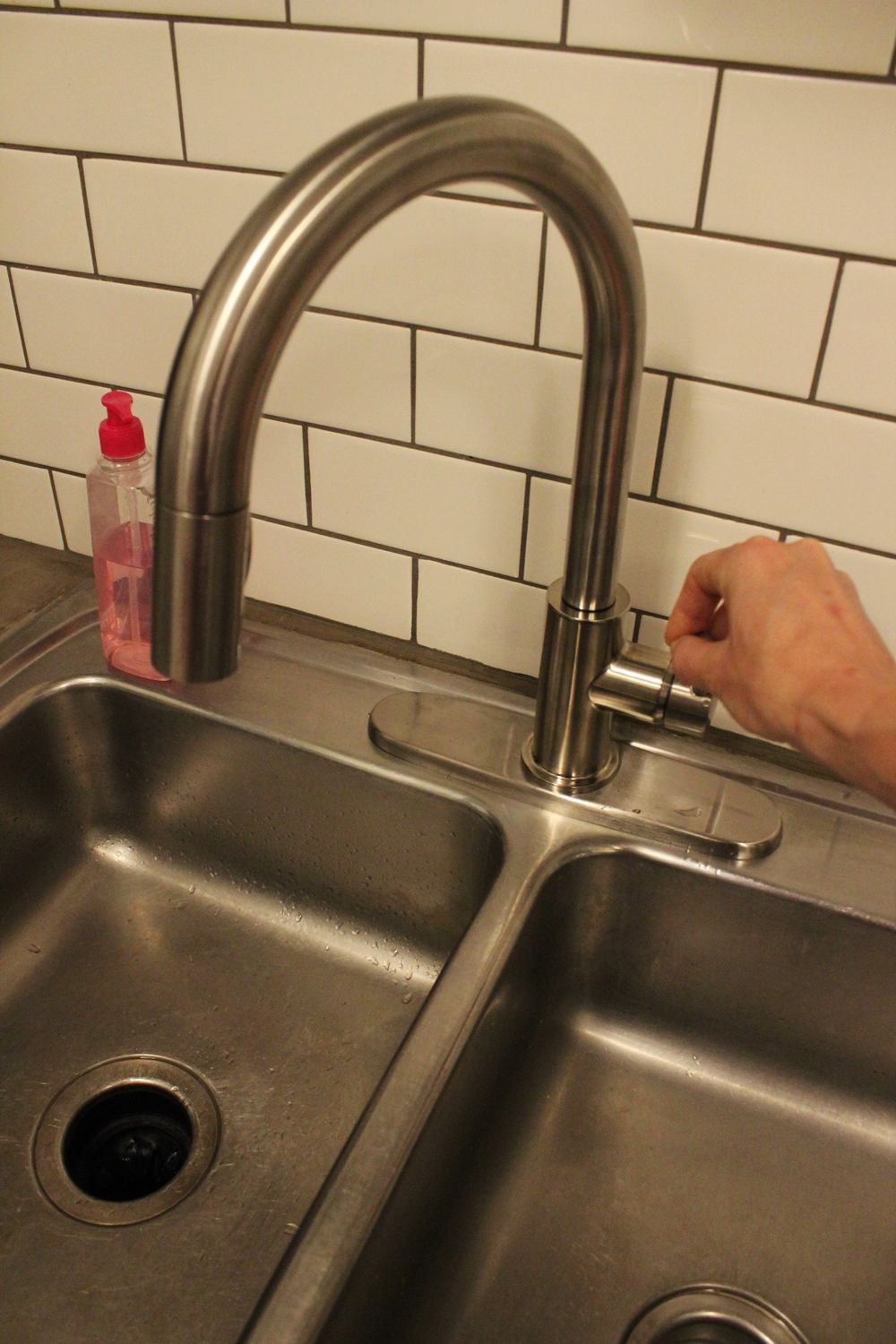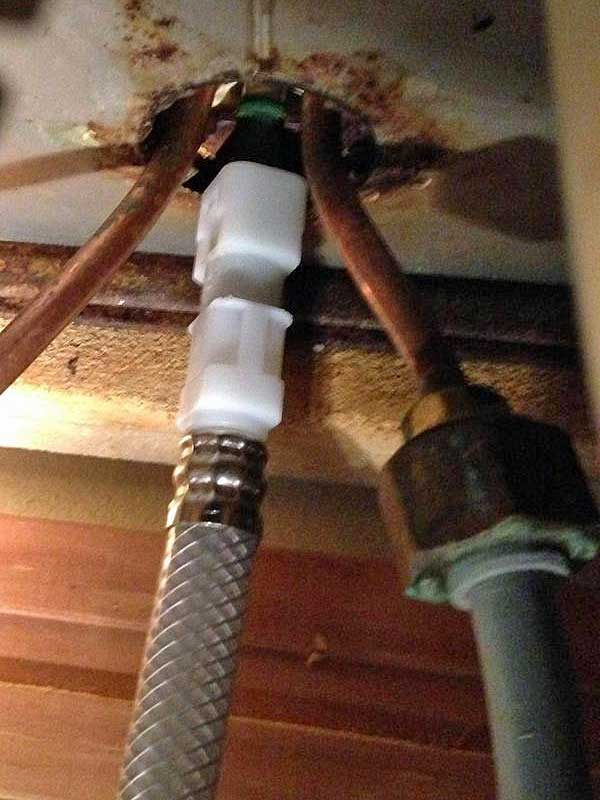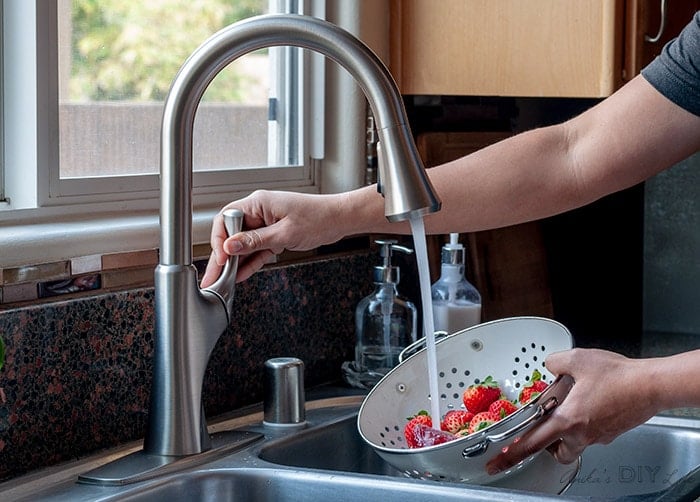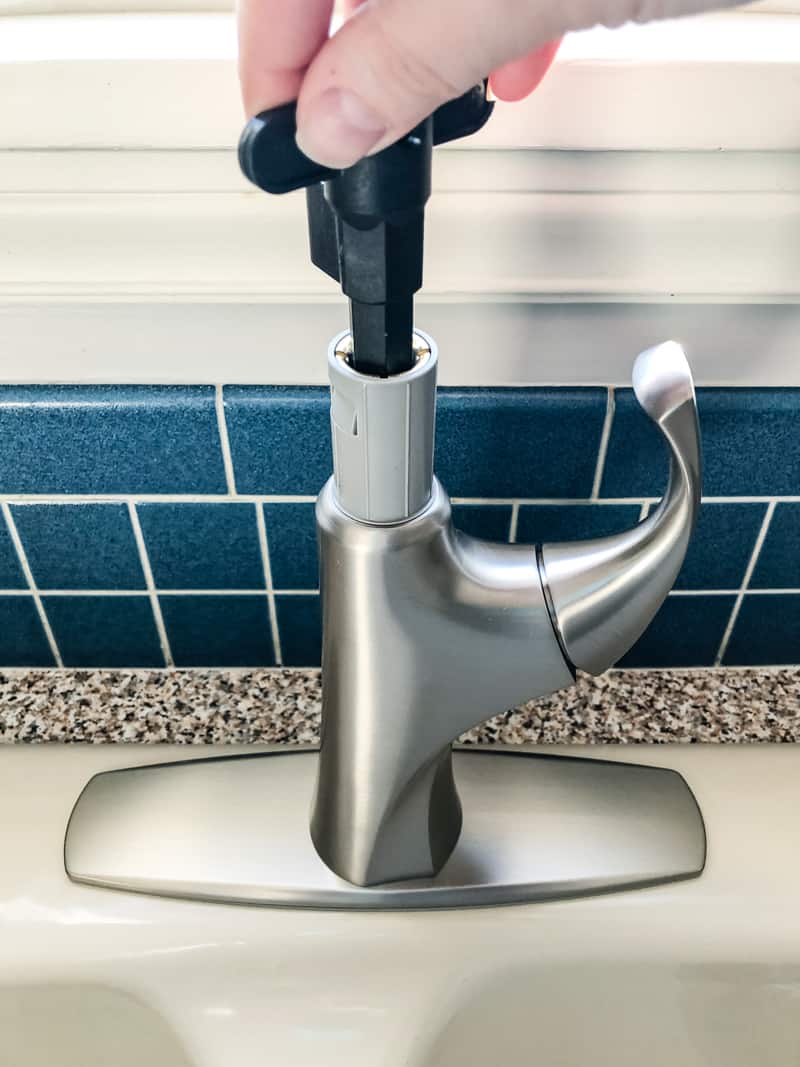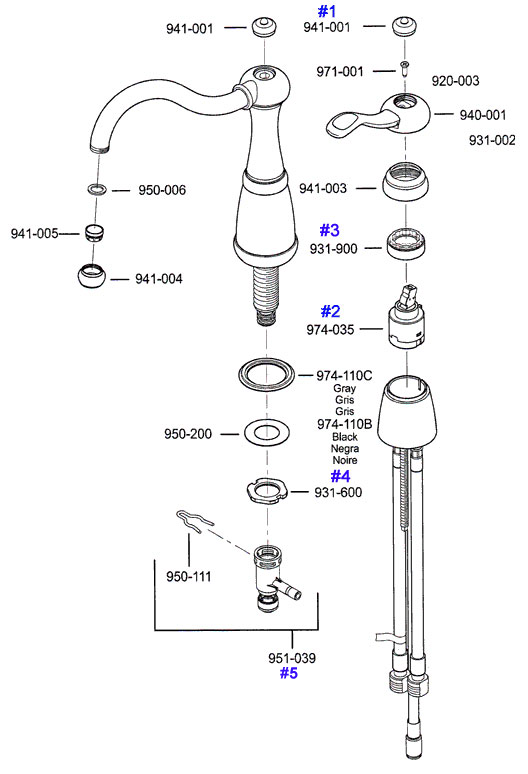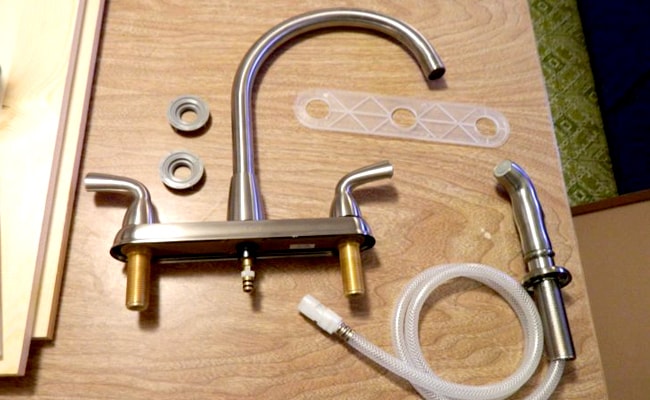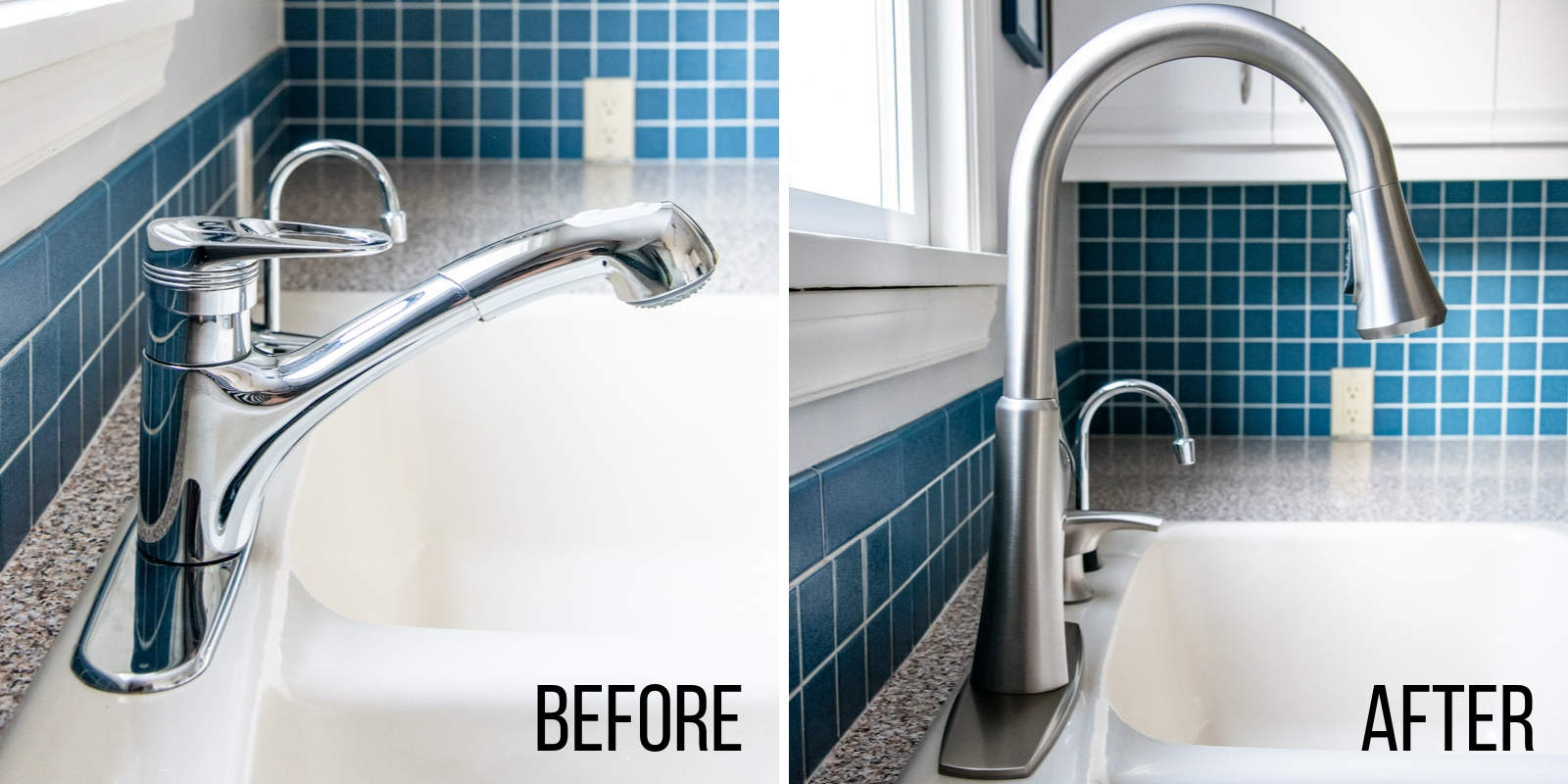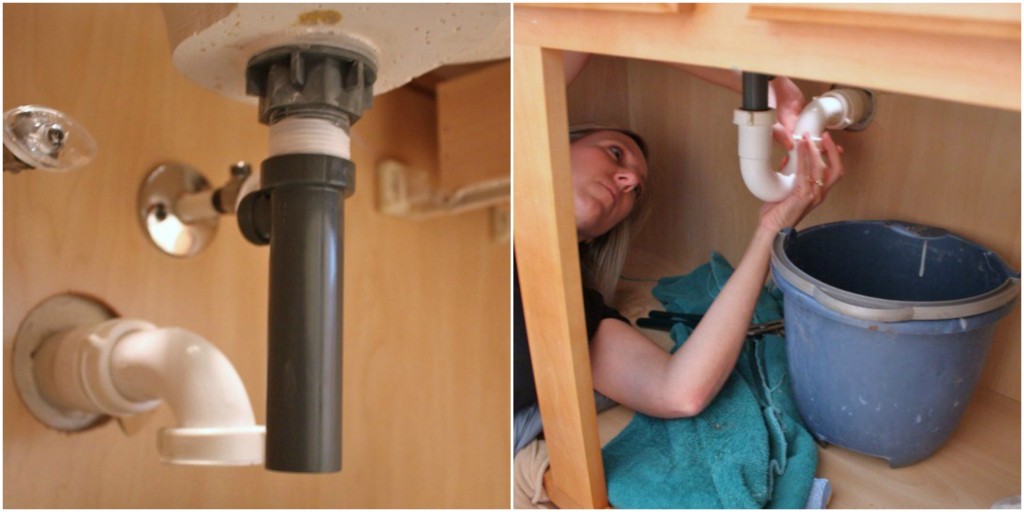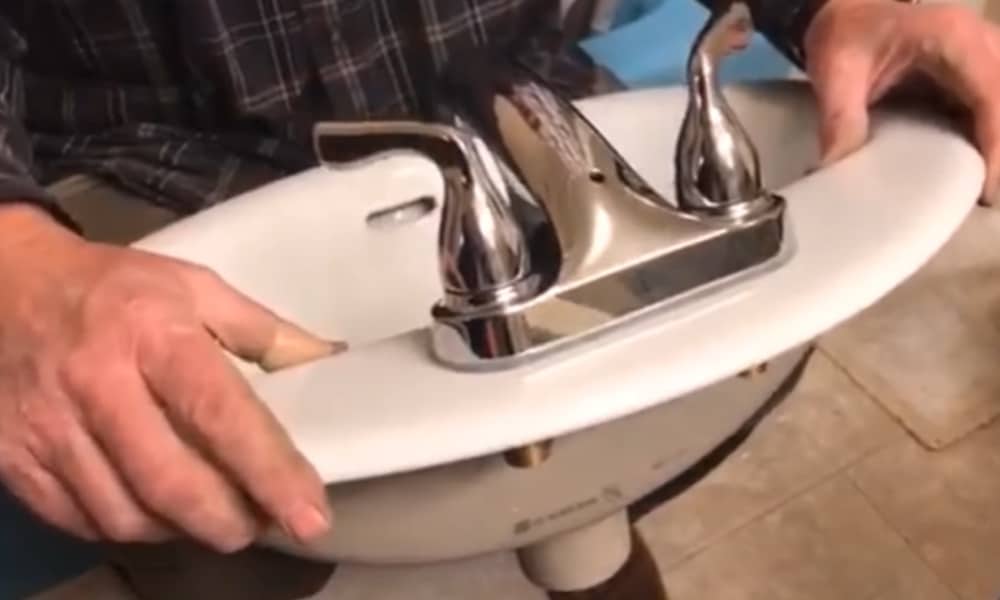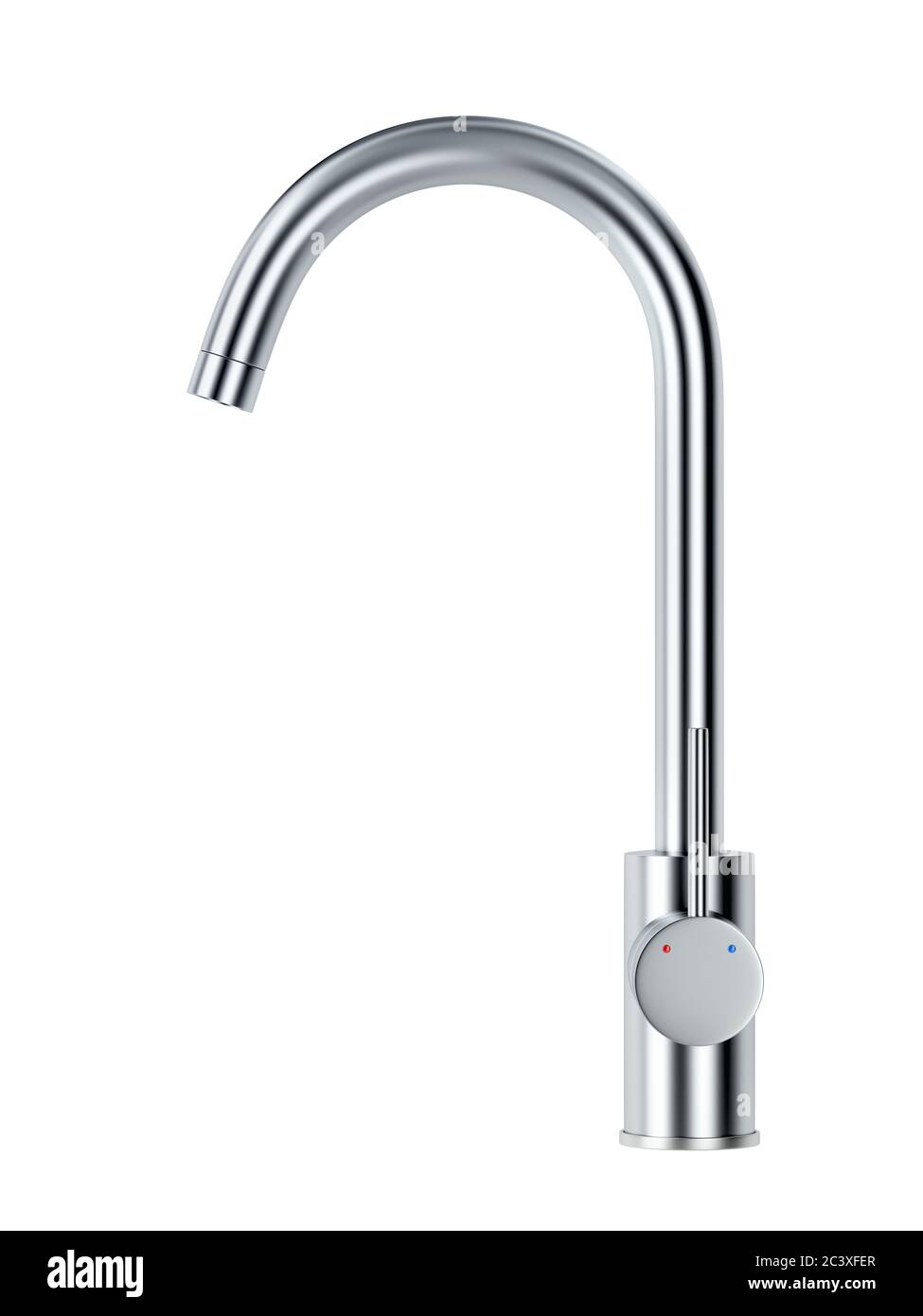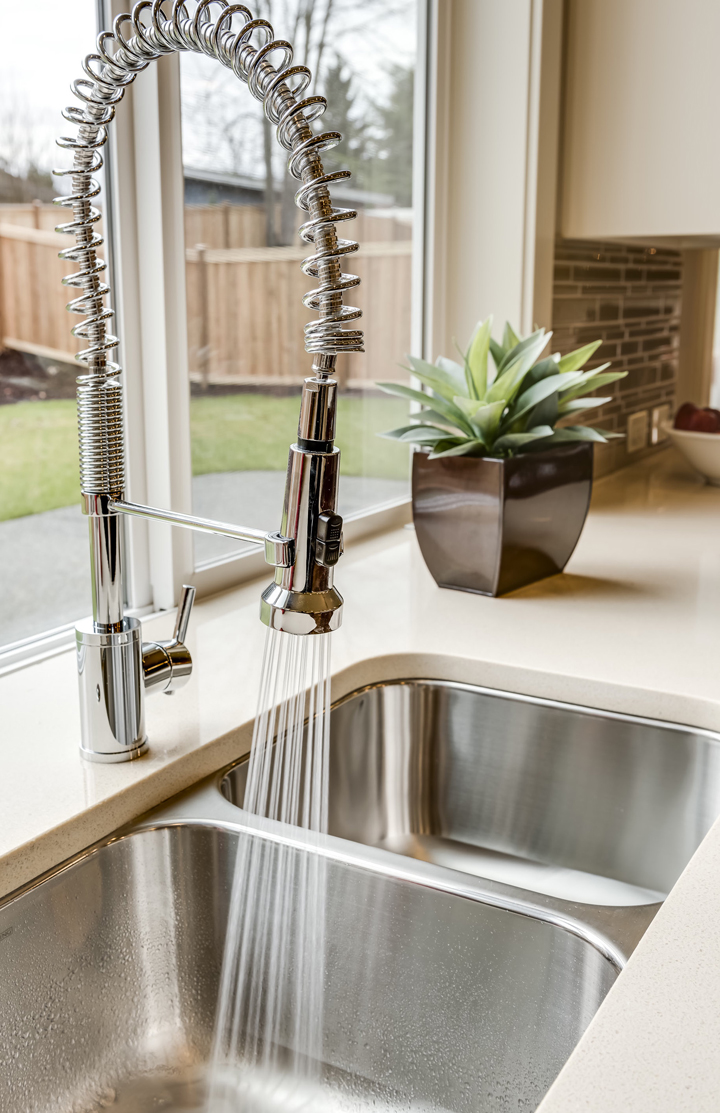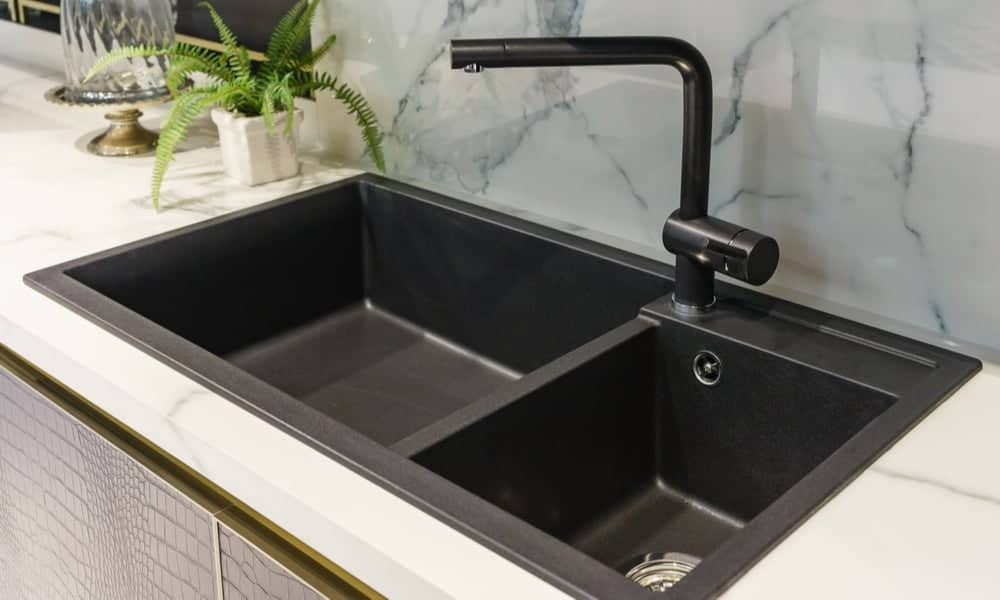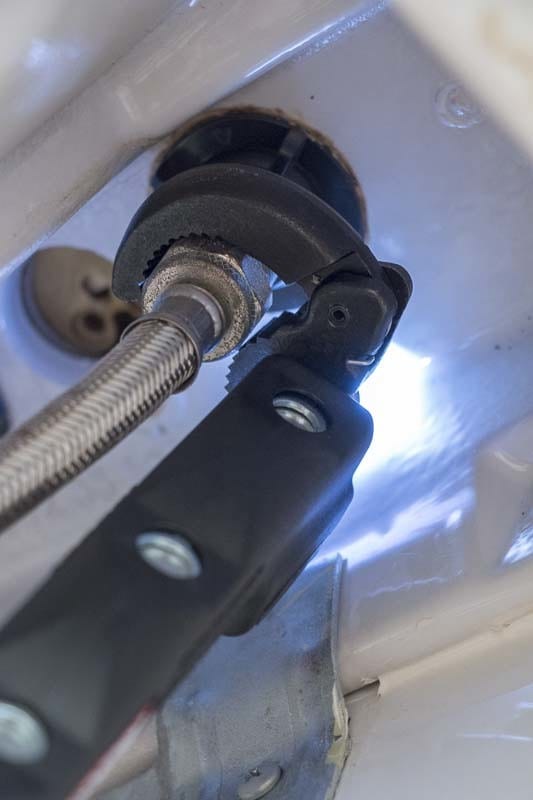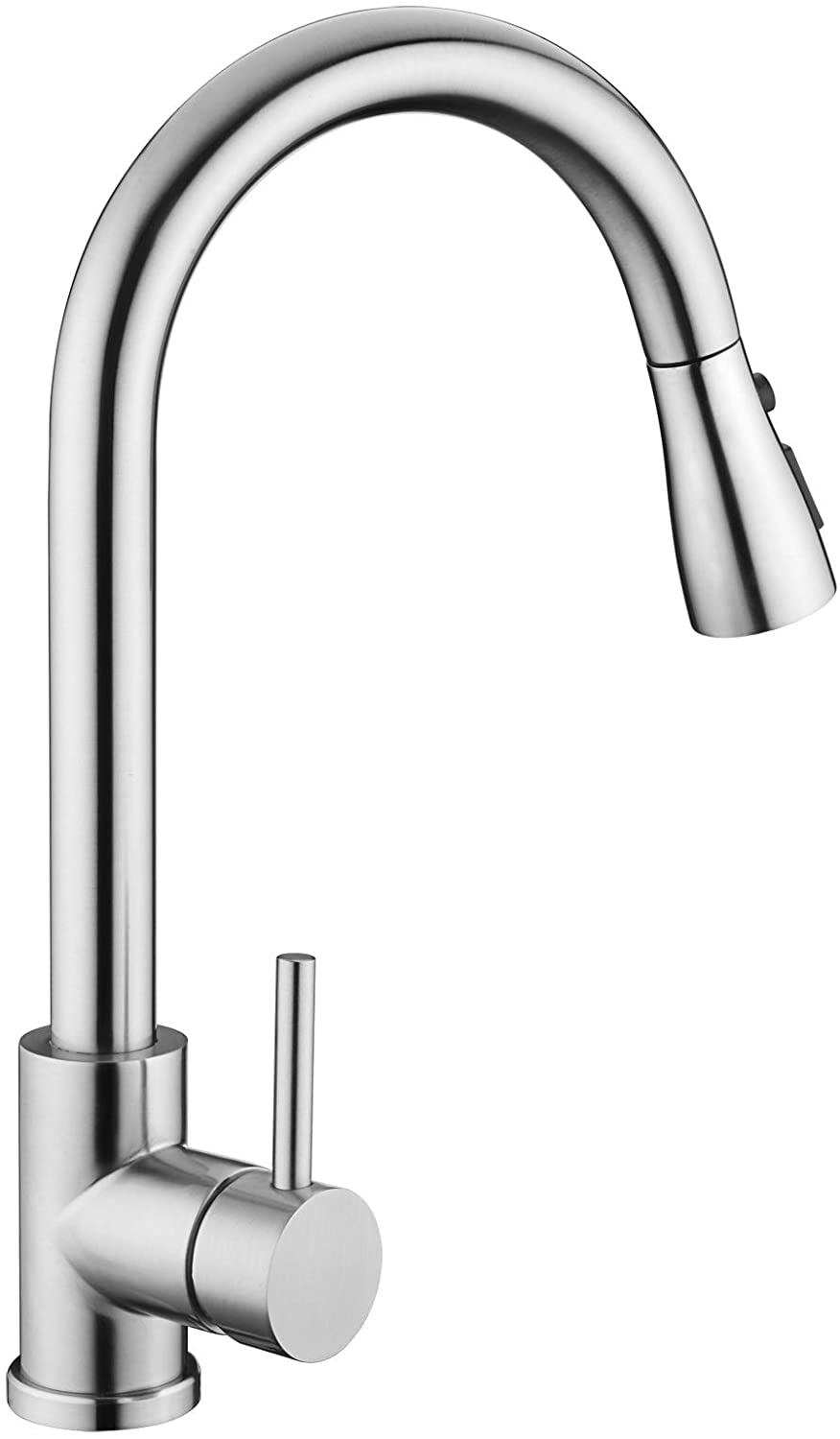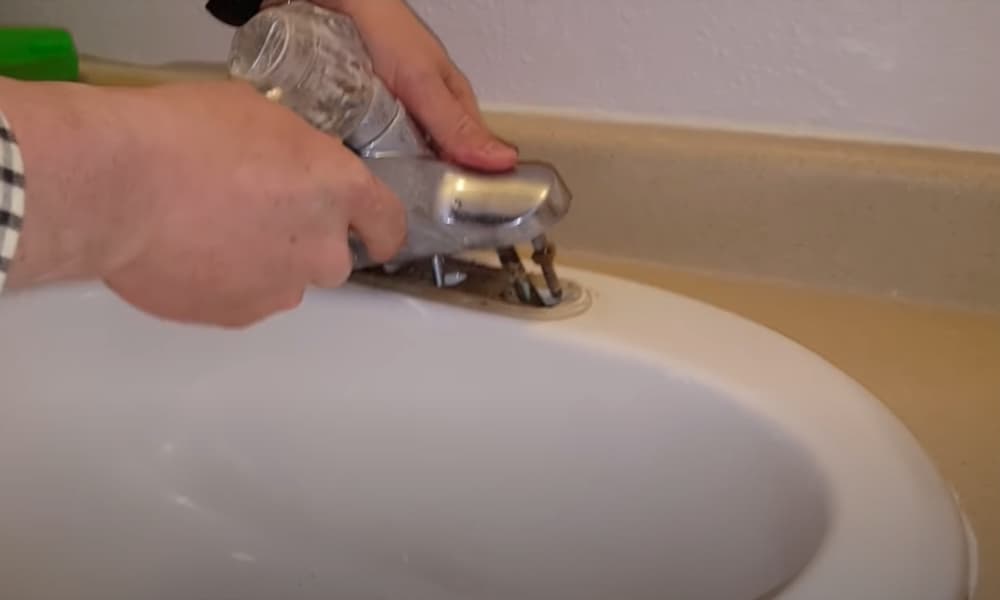How to Replace a Kitchen Sink Faucet
Replacing a kitchen sink faucet may seem like a daunting task at first, but with the right tools and knowledge, it can be a simple and satisfying DIY project. Whether you're looking to update the look of your kitchen or your current faucet is leaking or broken, replacing it is a necessary maintenance task for any homeowner. In this guide, we'll go over the steps to replace your kitchen sink faucet and provide some helpful tips and tricks along the way.
Replacing a Kitchen Sink Faucet: 6 Steps
Before you begin, make sure you have all the necessary tools and materials. This includes a new faucet, plumbers putty, a basin wrench, adjustable wrench, and Teflon tape. Once you have everything you need, follow these six steps to replace your kitchen sink faucet:
Step 1: Turn off the Water Supply
The first and most important step is to turn off the water supply to your kitchen sink. Look for the shut-off valves under your sink and turn them clockwise until they are fully closed. Then, turn on the faucet to drain any remaining water.
Step 2: Remove the Old Faucet
Using a basin wrench, loosen and remove the nuts and bolts that hold the old faucet in place. Once the nuts are removed, you should be able to lift the faucet out of the sink.
Step 3: Clean the Sink Surface
Before installing the new faucet, it's important to clean the area where the old one was removed. Use a mild cleaner and a rag to remove any residue or debris. This will ensure a clean and smooth surface for the new faucet to be installed.
Step 4: Apply Plumbers Putty
Take a small amount of plumbers putty and roll it into a thin rope. Place the putty around the base of the new faucet and press it down onto the sink surface. This will help create a tight seal and prevent any water from leaking.
Step 5: Install the New Faucet
Place the new faucet into the holes on the sink and secure it with the provided nuts and bolts. Use an adjustable wrench to tighten the nuts, making sure not to over-tighten them. Then, attach the water supply lines to the appropriate valves under the sink.
Step 6: Test the New Faucet
Once the new faucet is installed, turn the water supply back on and test the new faucet. Make sure there are no leaks and that the water flow is functioning properly. If everything looks good, you're all set!
DIY: How to Replace a Kitchen Faucet
While it's always recommended to hire a professional for any plumbing work, replacing a kitchen sink faucet is a DIY project that many homeowners can handle. Not only will it save you money on labor costs, but it can also be a fun and rewarding experience. Just make sure to follow all safety precautions and take your time to avoid any mistakes.
Replacing a Kitchen Faucet: Tips and Tricks
Here are a few helpful tips and tricks to keep in mind when replacing your kitchen sink faucet:
Budget for Unexpected Costs: While the cost of a new faucet may be the main expense, it's important to budget for unexpected costs such as tools, materials, and potential plumbing issues.
Measure Twice, Cut Once: Before purchasing a new faucet, make sure to measure the size and spacing of your current faucet to ensure the new one will fit properly.
Don't Over-Tighten: When attaching the new faucet, make sure not to over-tighten the nuts and bolts. This can cause damage to the faucet and create leaks.
Consider Water Efficiency: When choosing a new faucet, consider options that are water-efficient to help save on your water bill and reduce your environmental impact.
Step-by-Step Guide to Replacing a Kitchen Sink Faucet
For a more detailed and visual guide, check out our step-by-step guide to replacing a kitchen sink faucet:
Step 1: Gather all necessary tools and materials.
Step 2: Turn off the water supply.
Step 3: Remove the old faucet.
Step 4: Clean the sink surface.
Step 5: Apply plumbers putty.
Step 6: Install the new faucet.
Step 7: Test the new faucet.
Replacing a Kitchen Sink Faucet: What You Need to Know
Before you start replacing your kitchen sink faucet, there are a few things you should know:
Choose the Right Faucet: There are many different types of faucets available, so make sure to choose one that fits your sink and matches your style.
Be Prepared for Some Mess: Replacing a faucet can be a messy job, so make sure to have some rags and cleaning supplies on hand to clean up any spills or drips.
Consider a Professional for Complicated Installations: If your current setup is more complicated or if you're not confident in your DIY skills, it's always best to hire a professional plumber to ensure the job is done correctly.
Replacing a Kitchen Sink Faucet: Common Mistakes to Avoid
To ensure a smooth and successful faucet replacement, here are some common mistakes to avoid:
Not Turning off the Water Supply: This is a crucial step that should not be overlooked. Make sure to turn off the water supply before beginning any work.
Using the Wrong Tools: Using the wrong tools can not only make the job more difficult, but it can also cause damage to your new faucet or sink.
Skipping the Clean-Up: It's important to clean the sink surface before installing the new faucet. This will help prevent any leaks and ensure a proper seal.
How to Choose the Right Kitchen Sink Faucet for Replacement
Choosing the right kitchen sink faucet can be overwhelming with so many options available. Here are a few factors to consider when making your decision:
Style: Consider the style of your kitchen and choose a faucet that complements it. There are many options available, from traditional to modern designs.
Functionality: Think about your needs and choose a faucet that will meet them. This could include features such as a pull-down sprayer or touchless technology.
Budget: It's important to set a budget and stick to it when choosing a new faucet. Remember to also factor in any additional costs such as tools and materials.
Replacing a Kitchen Sink Faucet: Tools and Materials You'll Need
Here is a list of tools and materials you'll need for replacing your kitchen sink faucet:
New Faucet
Plumbers Putty
Basin Wrench
Adjustable Wrench
Teflon Tape
Rags
Cleaner
Replacing a Kitchen Sink Faucet: Professional vs. DIY
Deciding whether to hire a professional or tackle the faucet replacement yourself ultimately depends on your skills and comfort level. While hiring a professional may cost more, it can also save you time and potential mistakes. However, if you're up for the challenge, replacing a kitchen sink faucet can be a satisfying and cost-effective DIY project.
Why Replacing Your Kitchen Sink Faucet Can Transform Your House Design

The Importance of a Kitchen Sink Faucet
 The kitchen sink faucet may seem like a small and insignificant detail in your house design, but it plays a crucial role in the functionality and style of your kitchen. It is the most used fixture in the kitchen, and a worn-out or outdated faucet can make your entire kitchen look outdated and dull. Not to mention, a faulty faucet can cause leaks and water damage, leading to costly repairs. That's why replacing your kitchen sink faucet is not only a simple upgrade but also a necessary one.
The kitchen sink faucet may seem like a small and insignificant detail in your house design, but it plays a crucial role in the functionality and style of your kitchen. It is the most used fixture in the kitchen, and a worn-out or outdated faucet can make your entire kitchen look outdated and dull. Not to mention, a faulty faucet can cause leaks and water damage, leading to costly repairs. That's why replacing your kitchen sink faucet is not only a simple upgrade but also a necessary one.
How Replacing Your Kitchen Sink Faucet Can Transform Your House Design
 Replacing your kitchen sink faucet may seem like a simple task, but it can have a significant impact on your house design. The right faucet can add a touch of elegance and sophistication to your kitchen, making it look more modern and luxurious. Additionally, with the wide range of options available, you can choose a faucet that complements your kitchen's overall style and color scheme, adding a cohesive and polished look to the room.
Moreover, a new faucet can also improve the functionality of your kitchen. With features like pull-out sprayers, touchless sensors, and adjustable water flow, a new faucet can make cooking and cleaning tasks more convenient and efficient. This can make a significant difference, especially for busy households where time is of the essence.
Replacing your kitchen sink faucet may seem like a simple task, but it can have a significant impact on your house design. The right faucet can add a touch of elegance and sophistication to your kitchen, making it look more modern and luxurious. Additionally, with the wide range of options available, you can choose a faucet that complements your kitchen's overall style and color scheme, adding a cohesive and polished look to the room.
Moreover, a new faucet can also improve the functionality of your kitchen. With features like pull-out sprayers, touchless sensors, and adjustable water flow, a new faucet can make cooking and cleaning tasks more convenient and efficient. This can make a significant difference, especially for busy households where time is of the essence.
Choosing the Right Kitchen Sink Faucet
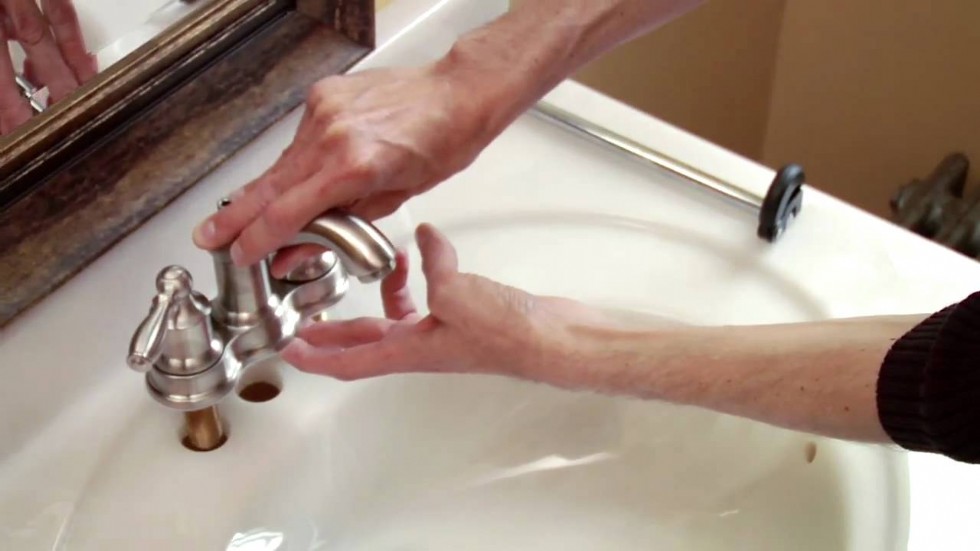 When replacing your kitchen sink faucet, it's essential to consider both style and functionality. Look for a faucet that not only looks good but also meets your needs and preferences. Consider the size, finish, and features that will best suit your kitchen and daily routine. Also, don't forget to check for quality and durability to ensure a long-lasting investment.
In conclusion
, replacing your kitchen sink faucet may seem like a small and insignificant change, but it can have a significant impact on your house design. It can add style, improve functionality, and prevent costly repairs. So, if you're looking to upgrade your kitchen, don't overlook the power of a new kitchen sink faucet.
When replacing your kitchen sink faucet, it's essential to consider both style and functionality. Look for a faucet that not only looks good but also meets your needs and preferences. Consider the size, finish, and features that will best suit your kitchen and daily routine. Also, don't forget to check for quality and durability to ensure a long-lasting investment.
In conclusion
, replacing your kitchen sink faucet may seem like a small and insignificant change, but it can have a significant impact on your house design. It can add style, improve functionality, and prevent costly repairs. So, if you're looking to upgrade your kitchen, don't overlook the power of a new kitchen sink faucet.
